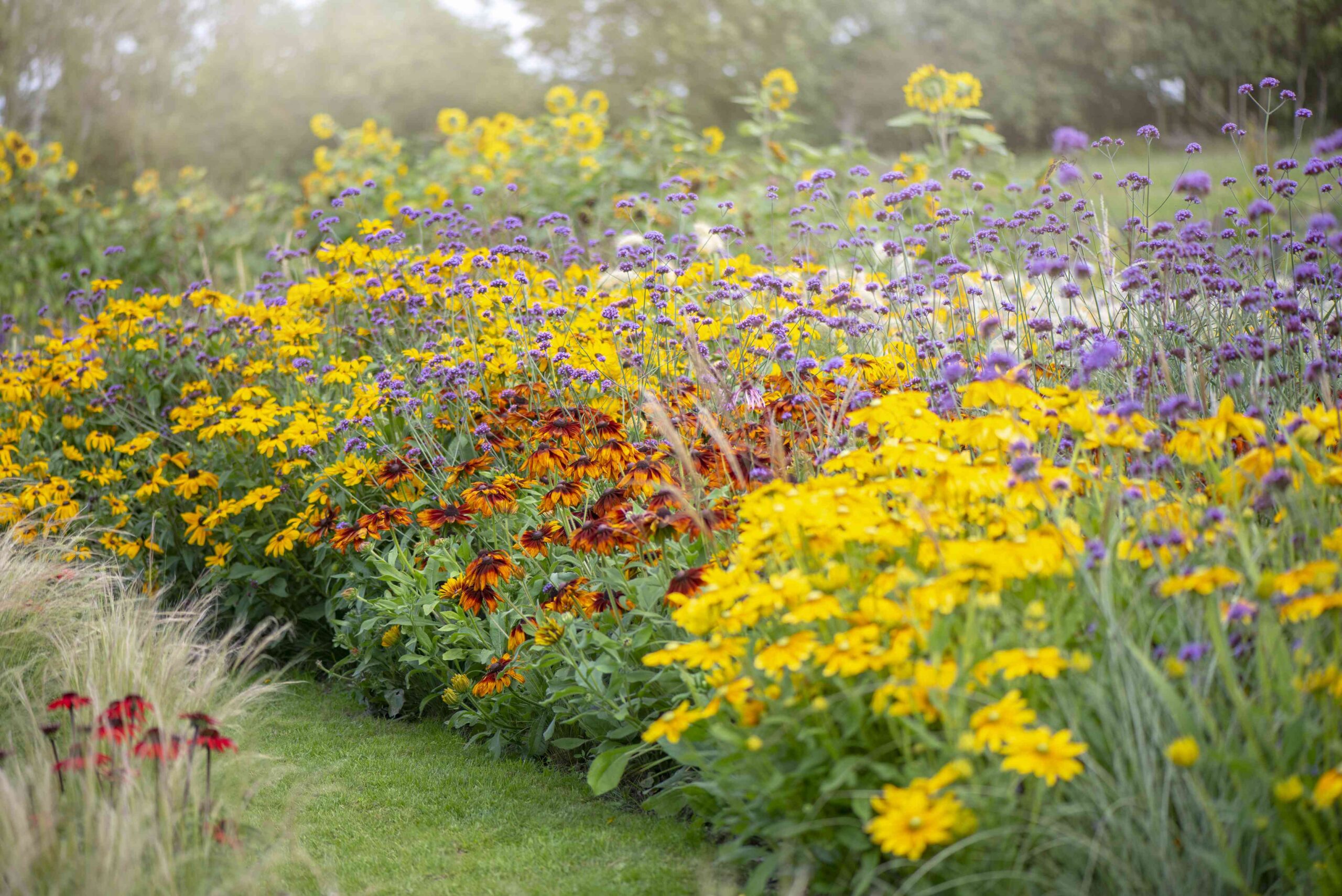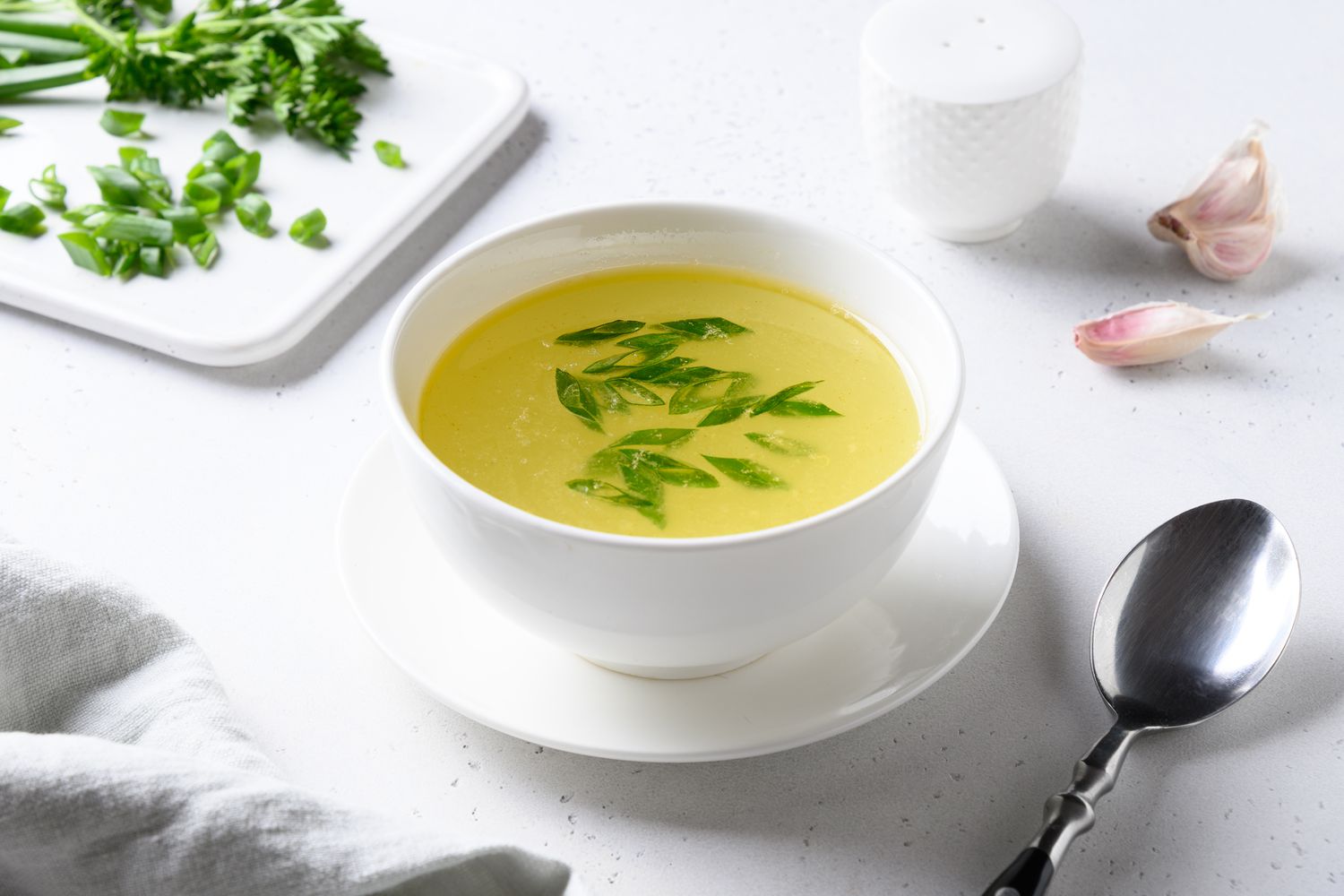
We Found the Perfect Watering Can, and It’s Only $30
We mean this in the nicest way possible, but that gallon milk jug is begging you to throw it in the recycling bin. With a dedicated watering can, you get the precise, gentle pour your houseplants deserve (or a steady stream for less-delicate and outdoor greenery).
We tested 32 watering cans at our lab and found that one is way better than the rest—it can be used for plants both indoors and out, it won’t give you wrist fatigue, and it holds a large amount of water without feeling too heavy to lug around. Read more about it below.
The first thing that set this watering can above the rest was its double handle design. One was permanently fixed to the can and the other hinged (but stable when in use). This gave us much more control over our pours, and since it held 2.6 gallons (more than 20 pounds of water), this was hugely important for alleviating the pressure we felt in our wrist with traditional watering cans.
When you think of your run-of-the-mill watering can, the opening is directly under the handle, right? Bloem put this one off to the side a bit, so nothing got in the way of the sink or spigot. Filling up the thing is half the battle, but with this model, it’s easy.
You have two options when it comes to the adjustable spout. Depending on which way you have it rotated, you can either give your plants a gentle rain shower or a steady stream. Both were great for ground-level gardening, but it was more of a challenge watering hanging plants since we had to tip it almost entirely over to get the water out.
It’s a medium-sized watering can, so it’s easy to store in a cabinet or on a shelf in your shed or garage, but if you leave it outside, that’s OK too—the durable, UV-stabilized plastic can withstand prolonged sunlight. It even survived our drop tests (with and without water) without a dent, crack, or scratch in sight.
Material: UV-stabilized polypropylene plastic | Spout: Adjustable; traditional and rose | Capacity: 2.6 gallons | Dimensions: 19.75 by 9.75 by 15.25 in. | Weight: 1 lb.
Real Simple
Other Watering Cans We Liked
Our Testing Process
We tested 32 watering cans, where we assessed their designs, how easy they were to use, whether they were durable enough to last through regular use and time, if they were easy to fill in the sink, whether the water flowed nicely, any special features, and price.
We first tried to fill each watering can in a sink, and if it didn’t fit or it was obstructed at all, we moved it outside to a spigot. Then, we carried it 30 feet away at its full capacity to gauge how heavy it was, whether the handle was comfortable to hold, and if any water splashed out.
We watered small, medium, large, and hanging plants to measure the flow of the water, how easy it was to control, and if any water spilled out.
Next came our drop tests. During the first one, the can was empty, but during the second one, it was full. These were done on both grass and concrete surfaces from 4 feet. We assessed each can for damage, including scruffs, dents, and cracks. Once we had all of our data gathered from testing, we looked at the prices and determined whether they were fair or not. Would we only buy them on sale? Not at all?
Our favorite watering can is around $30, and there wasn’t much we didn’t like about it, so we think that’s totally fair.
Real Simple
How to Shop for Watering Cans Like a Pro
Size
You may think “the bigger, the better,” when it comes to watering cans—who wouldn’t want to water all their plants in one go without having to run back to the tap? A gallon of water weighs about 8 pounds, and our top pick can hold 2.6 gallons of water. It already weighs 1 pound empty, so when full, you’ll be lugging around about 22 pounds. Here’s a look at what you need according to the size of your plant collection:
- Small indoor plant collections: 0.5 to 1 gallon
- Medium indoor and balcony gardens: 1 to 2 gallons
- Small outdoor gardens and raised beds: 2 to 3 gallons
- Medium to large gardens: 3 to 5 gallons
- Large gardens, lawns, and extensive plant collections: 5+ gallons
When full, large watering cans could weigh more than 40 pounds. The alternative here is to fill up a smaller one more frequently. Smaller watering cans are easier to fit in a sink basin, and they can be stored away in a cabinet too.
Spout
The type of plants you’d like to water dictates what spout you need. A long, narrow spout is best for houseplants, succulents, and anything that needs precise, controlled watering. For example, if you have a small plant on a floating shelf, it won’t splash your tchotchkes. This style is best for reaching hanging plants too.
Our favorite watering can has a detachable rose spout. This is basically a showerhead for seedlings, delicate plants, outdoor flowers, small gardens, and anything else that could benefit from a gentle rainfall. Since the Bloem’s spout is adjustable, it also has an opening for a steady stream of water. This, and other watering cans with short, wide spouts, is suitable for large potted plants, outdoor plants, and garden beds. Just note that it may disturb the soil more than other options.
Some watering cans even come with a built-in spray or mist feature. This is just an extra nice-to-have for plants that need additional hydration, like succulents, air plants, orchids, and ferns.
Material
The two most popular watering can materials are plastic and metal. Here’s the lowdown on each:
Plastic is lightweight and inexpensive. While some plastics are a bit flimsy and not exactly built to last, our top pick is made from a UV-resistant plastic that’s less prone to fading and cracking. It’s not as durable as metal, of course, but it’s still pretty tough and should stand up to long-term use. You can also get plastic watering cans in a bunch of different colors and designs.
Metal is stylish, and it’s also going to be the most durable material— make sure it has a protective coating to avoid rusting. Galvanized steel, stainless steel, and even copper are good options. This will be heavier than plastic, and although it may not rust, it will likely develop a patina (which is a pro if you like the vintage look).
You can also get ceramic, terracotta, and glass watering cans. These aren’t good for outdoor use since they’re so fragile, but if you’re careful, they’re perfectly fine choices for indoor plants. Plus, they’re decorative, so they can be left out.
Real Simple
Comfort
The first thing to look for when it comes to comfort is an ergonomic handle. This will make it easier for you to carry and pour. The Bloem has two thick and spacious curved handles that feel great in hand (or hands; you can certainly grasp them with two). Since one is on top and the other on the side, the pour is controlled and the weight distribution balanced (so you don’t bear all 20+ pounds of water on your wrist).
An adjustable or angled spout can also help get water exactly where you want it to go without having to contort your wrist, and a lightweight material like plastic can be more comfortable than a heavier one, like metal. If you want a metal model, you could go for a thinner type or smaller capacity so it doesn’t weigh as much. Just keep in mind, as mentioned above, that it will weigh significantly more when full.
Take Our Word for It
This article was written by Taylor Rock, associate editorial director for Real Simple. She doesn’t have the land for her dream garden just yet, but the amount of houseplants she owns is turning her apartment into a jungle (and she likes it).
To find the best watering can, we tested 32 outside our lab. Our winner impressed us with its handle and spout design, ease of use, durability, light weight, and price.










